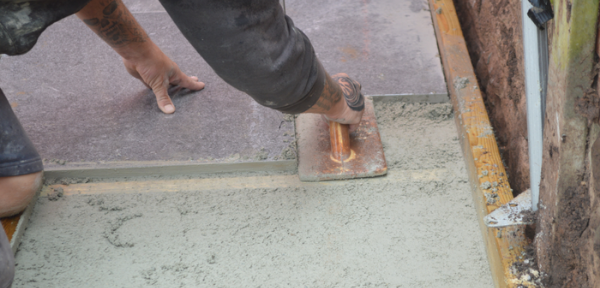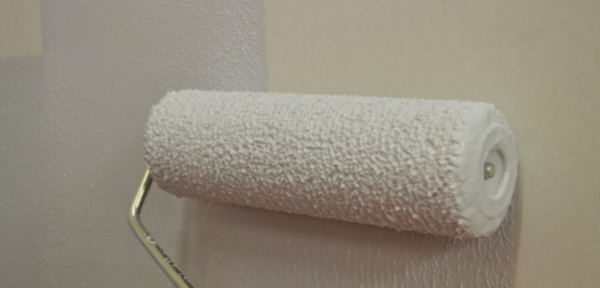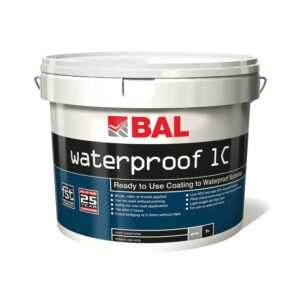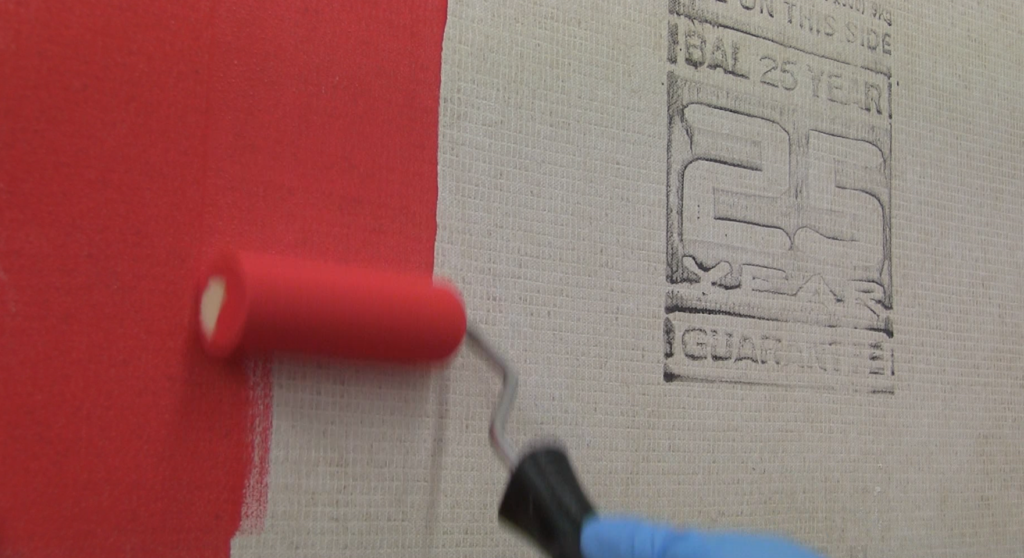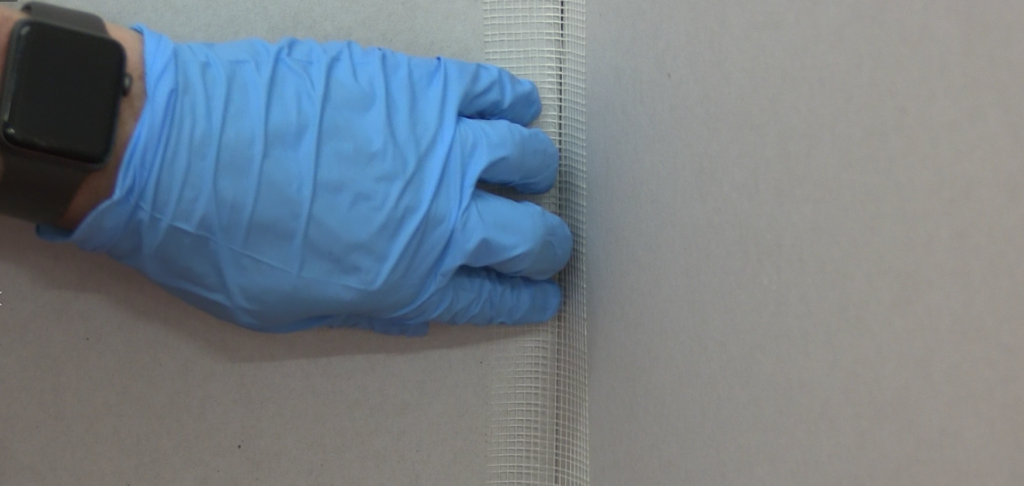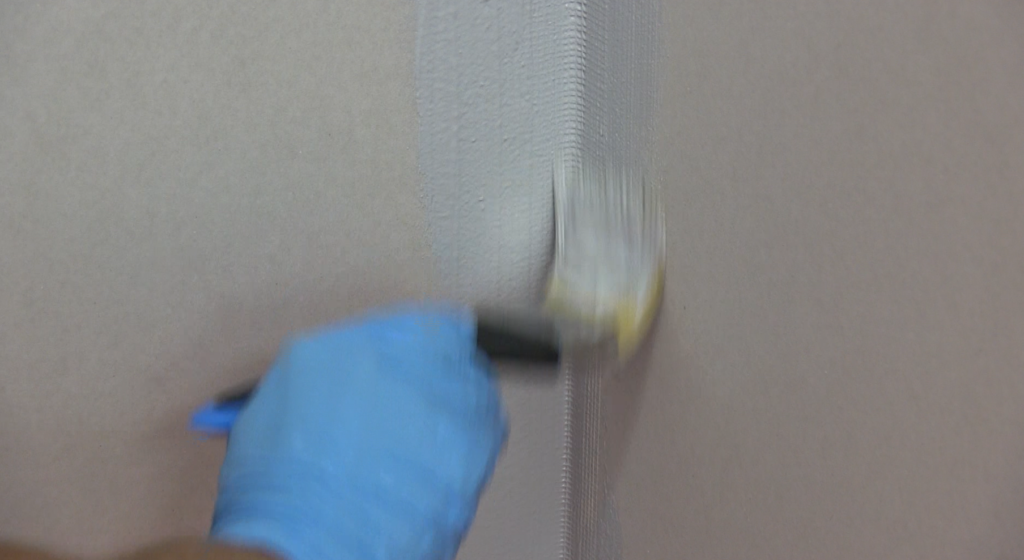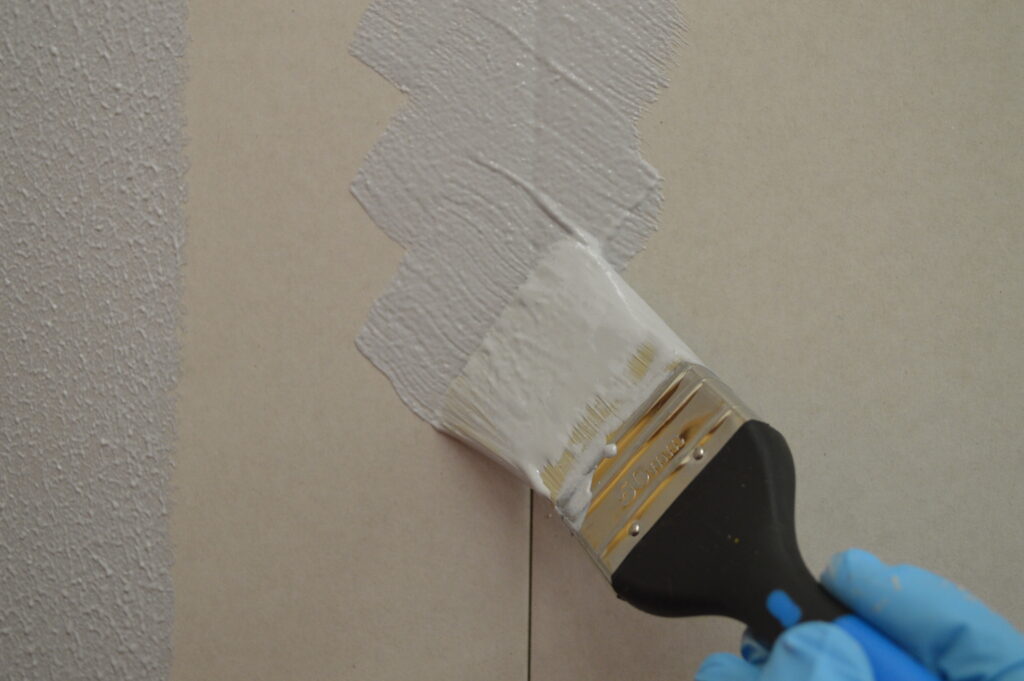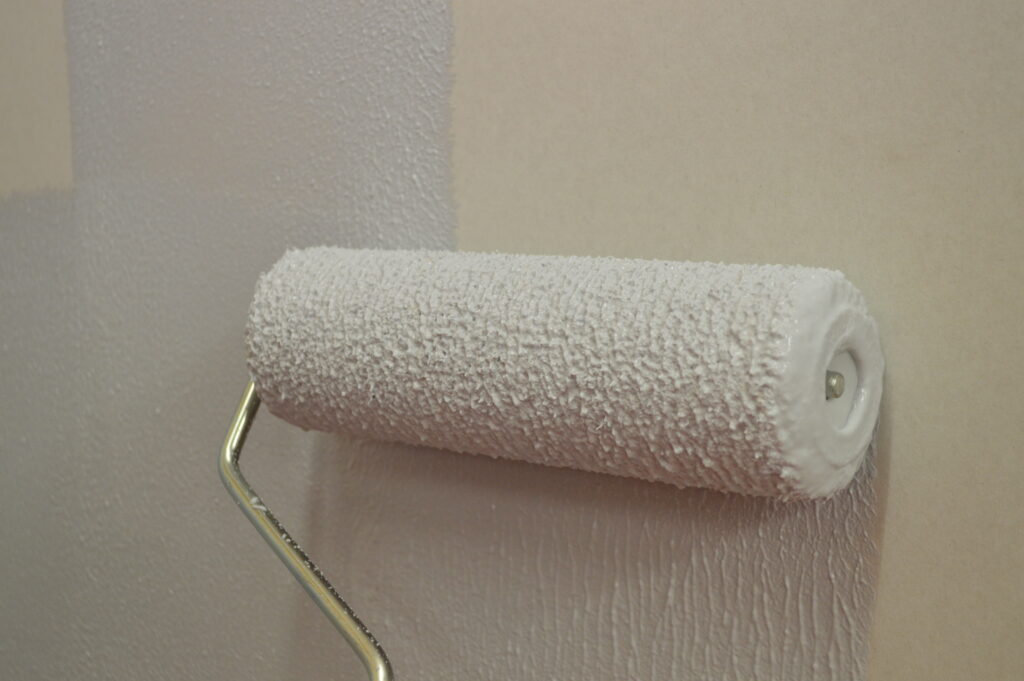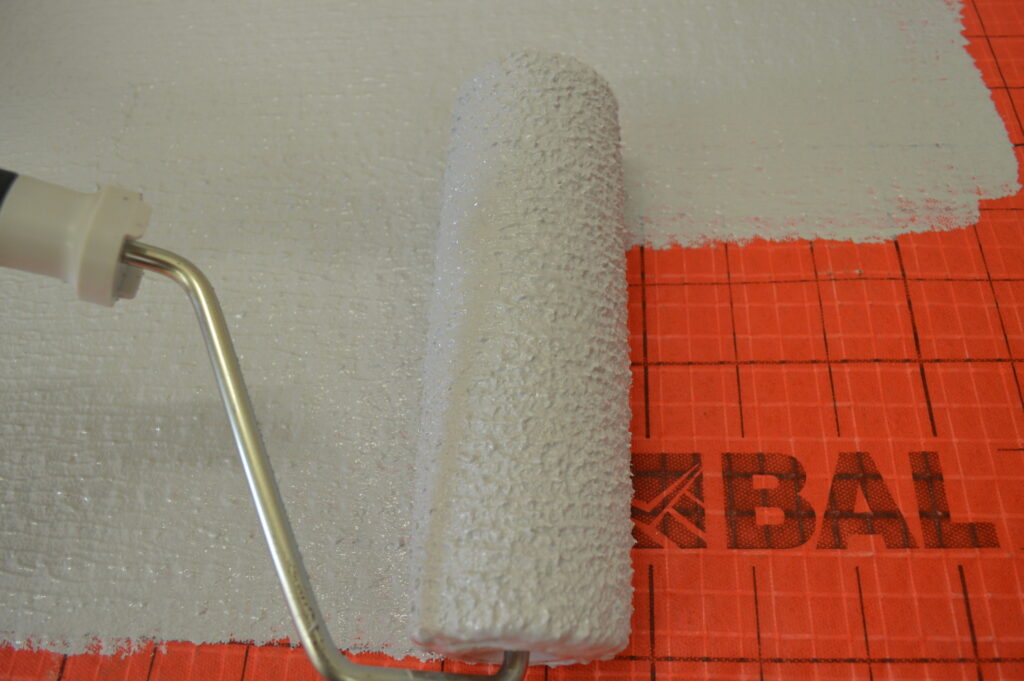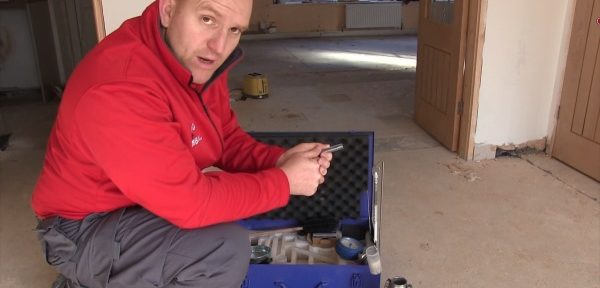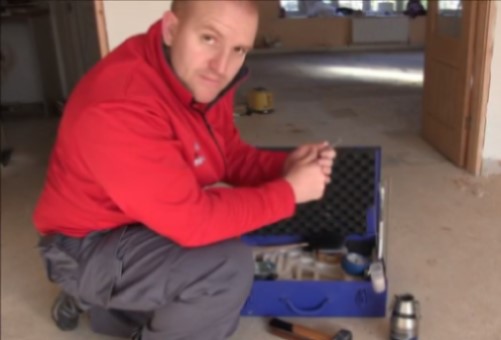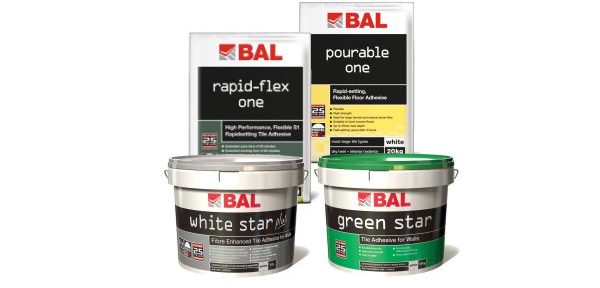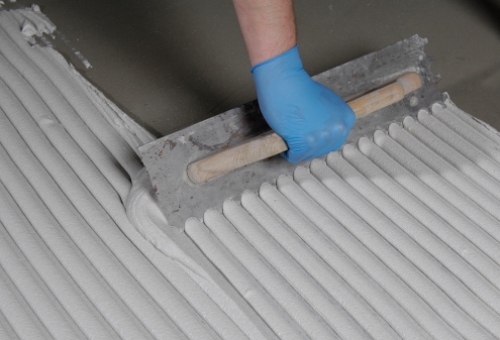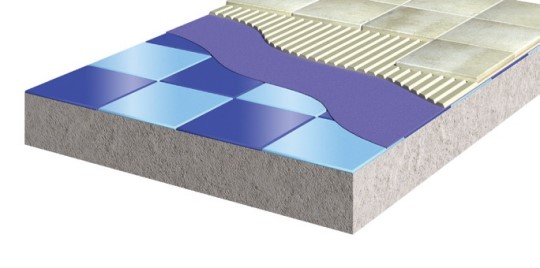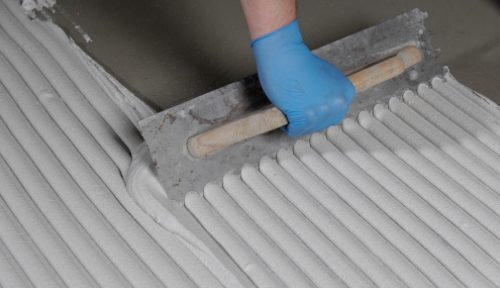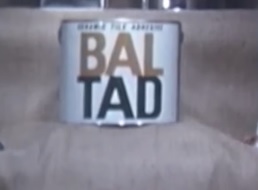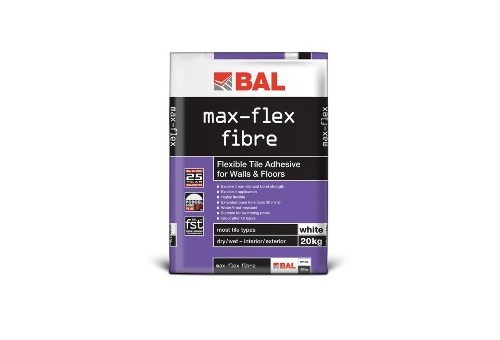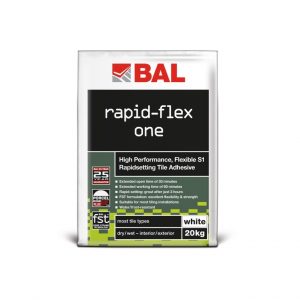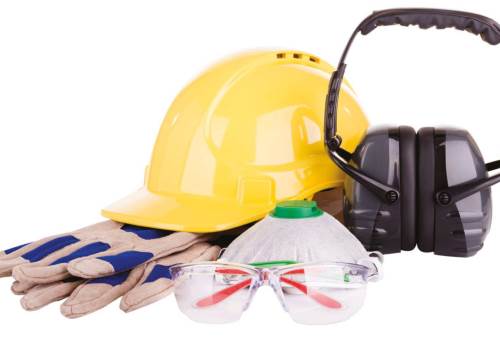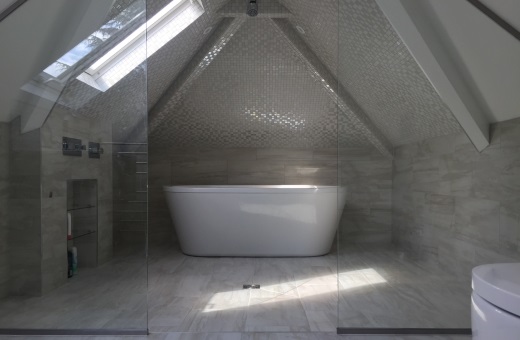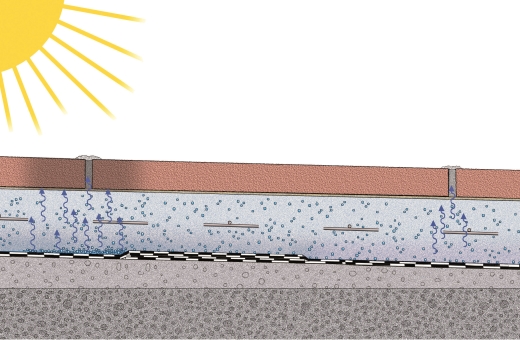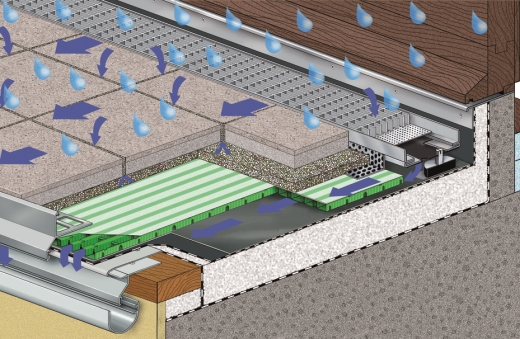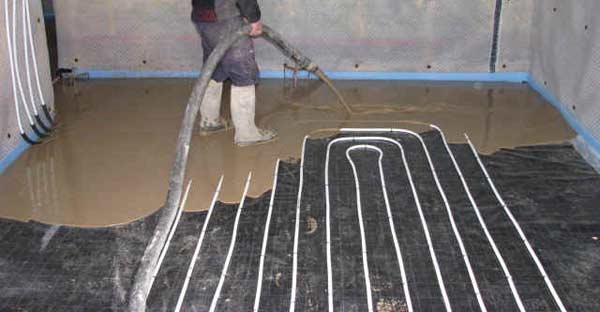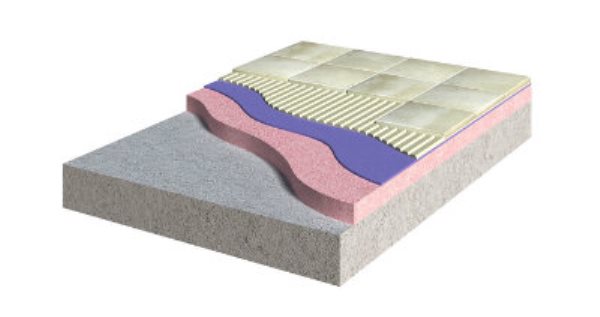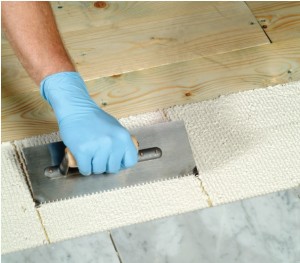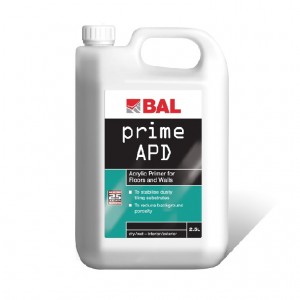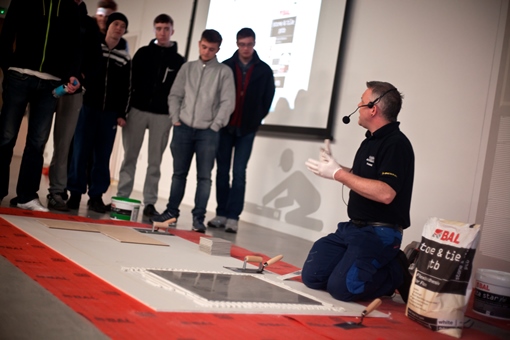Everyone knows what tile adhesive classifications mean don’t they? Or do they?
Did you know that before 1980, tile adhesives didn’t have British Standard classifications and fixers were referred purely to a suitable BAL tile adhesive for the application in hand?
This was because Building Adhesives Ltd (BAL) was set-up specifically by the British Ceramic Tile Council (BCTC) in the 1960s. BAL was set-up to help drive forward the UK tiling industry; to produce specially designed cement-based adhesives for the new age of ceramic tiles on the domestic and commercial market. BAL would ensure there were suitable products for all applications of UK tiling and to drive standards and guidance for the industry to ensure failure-free installations.
When the first Code of Practice for wall tiling was published in 1963, with the number BSCP212: Part 1, it only contained an appendix referencing a system for testing adhesives. It wasn’t until October 1980 that the British Standards published a specific, separate standard – with BS5980 introduced with recommendations for the testing of tile adhesives.
Under BS 5980, there were five categories of tile adhesive. Today only three of these would still be recognised, whereby Type 1 was cementitious, Type 2 Dispersion (ready-mixed) and Type 5 Reaction Resin adhesives. Tile adhesives were classified by tensile and shear adhesion testing as either Class B (No requirement for water resistance), Class A (Water-resistant with a slower strength development) and Class AA (Water resistant with a faster strength development). Additional tests were included for, resistance to mould growth, open and adjustability time and excessive strain development.
This standard was available for some until the current system of classification as we know it was first introduced to the UK in 2001 as BS EN 12004:2001 after which the BS 5980:1980 standard was withdrawn and replaced. This was a candidate harmonized European Standard, including Annex ZA provisions for CE marking of adhesives for tiles.
This introduced a classification with various numbers and letters to help describe tile adhesive characteristics.
These are:
C = Cementitious
D = Dispersion
1 = Normal characteristics
2 = Improved characterises
T = Reduced slip
E = Extended open time
F = Fast setting
In 1998, a European standard for the determination of transverse deformation for cementitious based adhesive and grouts was first published (BS EN 12002). In 2002 this standard was revised where ‘classes’ of transverse deformation were introduced with cementitious adhesives classifications for “S1” or “S2” when tested in accordance with BS EN12002:2008.
The classifications are:
S1 = Deformable (in conjunction with all the above features, this adhesive also has a deformability of between 2.5mm & 5mm)
S2 = Highly Deformable (this product has a deformability of above 5mm)
Transverse deformation classes were first introduced into the tile adhesive standard update BS EN 12004:2007 + A1 2012 as part of their ‘optional characteristics’.
What does S1 and S2 mean?
In simple terms deformability means how much a solid, for example a cementitious tile adhesive, can change shape when a force is applied.
S1 and S2 categories are normally achieved with additional polymer modification of cementitious tile adhesives and is associated with the tile adhesive being ‘flexible’.
It should be noted however that cementitious tile adhesives are tested for transverse deformation until failure occurs. Flexibility, in simple terms, implies the ability to bend without breaking.
BS 5384: Part 4:2015 advises that: “Note: S2 classified adhesive and unbonded screeds are not suitable in heavily trafficked areas”.
Choose your adhesive on a case-by-case basis
Think about where the adhesive is to be applied? Are the particular tile adhesive’s characteristics suitable for the particular application and site environment and conditions?
It’s a simple fact of tiling that you should treat each project on a case-by-case basis – each background must be properly assessed and prepared i.e. free from contamination, clean, dry, rigid, stable and capable of taking the types of expected loads imposed upon it without excessive movement or vertical deflection.
There are additional application properties which may also be considered –– is it easy to mix? Is it easy to trowel out? Would a pourable tile adhesive be a better choice in the case of large format tiles?
Maybe you need to build out the adhesives bed thickness (where suitable) in places such as window reveals, or isolated areas on the floor.
Does your adhesive need to set quickly for a fast-track application, or are there temperature / humidity considerations on site where you might benefit from the use of a normal setting adhesive? Alternatively you may need to allow additional time for the tile adhesive to set in colder temperature of a minimum of 5°C and rising.
Remember these are performance characteristics of the adhesive to consider in addition to whether your adhesive is suitable for your individual project in the first place.
Although classifications provide a consistent guide, it should be remembered these are specific tests in laboratory conditions. Consideration should be given to the performance ability stated by the manufacturer on packaging and the Technical Data Sheets as these should clearly confirm where the product can or cannot be used.
Product performance may also differ in real-site conditions with more extreme temperatures and conditions than in a laboratory test. -At BAL our product claims are always based on the true, varied on-site conditions we meet across the UK, not just the standard achieved by product EN testing.
Using an S2 with an uncoupling mat
Another interesting question we often get asked – “can I just use an S2 with an uncoupling mat to get over difficult floors”. For the reasons stated above, the use of an uncoupling matting or a highly deformable S2 adhesive will not compensate for a poorly constructed or poorly prepared floor substrate.
The same would be said if tiles were applied to the uncoupling matting using an S2 adhesive. The uncoupling membrane is designed to neutralize lateral stresses that occur between the floor substrate and the tile covering. The use of an S2 tile adhesive for the application of ceramic tiles on top of the uncoupling matting would have no additional benefits and may further reduce impact resistance of the flooring to any loads imposed upon it.
In fact, uncoupling product manufacturers have, for years recommended a C2 adhesive only, for use with uncoupling membranes. Always seek further advice from the tile adhesive and uncoupling matting manufacturer.
Want to know more? Join us for a special webinar on Understanding Adhesives and Grouts at 6pm on July 24th on our Facebook Page – Facebook.com/BALTiling.
Alternatively contact your local technical team member.

